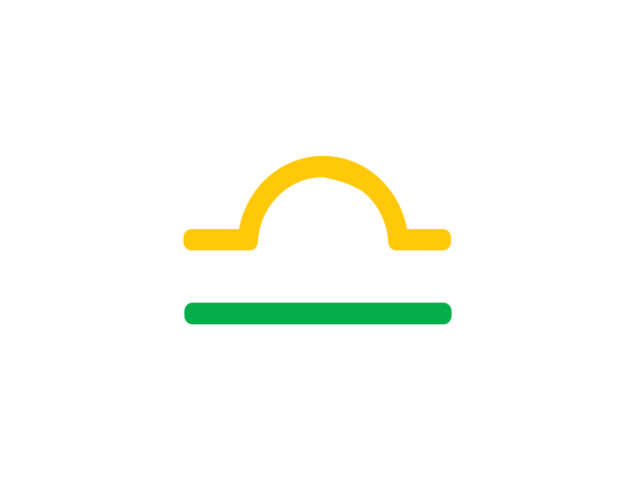There is something wonderfully simple about my 5-month-old daughter’s inexperience in our digital universe.
 I was three years old when the nation watched a woman in runner’s uniform hurl a hammer at “Big Brother” during Super Bowl XVIII. The world was invited to watch in awe and wonder how new technologies might empower us and where they could lead us next. At the time, my family had a Hershey computer running MS-DOS that my father built from a do-it-yourself kit a few years prior. We also had a pong set, (built once again by my father, several years before the computer). I can’t say that I remember watching that Apple Super Bowl commercial, but I do remember pondering where technology could take me. Back then, we were wishing for flying cars (the next year, a Delorean would send me Back to the Future and I’d be waiting for time travel as well). We didn’t foresee that with the advent of the internet, people wouldn’t have to leave their houses, rendering flying cars unnecessary.
I was three years old when the nation watched a woman in runner’s uniform hurl a hammer at “Big Brother” during Super Bowl XVIII. The world was invited to watch in awe and wonder how new technologies might empower us and where they could lead us next. At the time, my family had a Hershey computer running MS-DOS that my father built from a do-it-yourself kit a few years prior. We also had a pong set, (built once again by my father, several years before the computer). I can’t say that I remember watching that Apple Super Bowl commercial, but I do remember pondering where technology could take me. Back then, we were wishing for flying cars (the next year, a Delorean would send me Back to the Future and I’d be waiting for time travel as well). We didn’t foresee that with the advent of the internet, people wouldn’t have to leave their houses, rendering flying cars unnecessary.
When I was in early high school, I got my first email address through the local library. It came with dialup text-only Internet service. I visited Websites about my favorite television show (Friends) and downloaded MIDI files of my favorite songs. By the time I was a senior, however, everyone that I knew had a web browser and almost everyone had an AOL Instant Messenger screen name. There was one boy in my class who had a girlfriend that he met over the Internet, we thought of that as the ultimate sign of geekdom. Who but a geek would ever meet someone over the Internet?
My freshman year at MIT, many students had their own computers, but many used the “Athena” computer workstations instead. It was the first time that any of us had experienced the speed of a T1 Internet connection and everyone took quickly to the lightening fast speeds with which we could download mp3s from one another. A local student at Northeastern wrote a file sharing program called Napster and everyone hopped on board. Less than 3 years later, college students began getting fines for downloading songs, Napster was shut down, and everyone became a little more cautious.
At my first job, I sat next to a recent Harvard alumna who was invited to something called Facebook, which was just like Friendster, MySpace, and Orkut, but it was only for Harvard alumni. Our desks were outfitted with brightly colored iMacs; hers was red, mine blue.
I am not quite in Generation X and not quite in Generation Y. You can call us “Generation X plus Y over 2” but I’d like to think of us (those turning thirty this year) as the tech generation. We grew up alongside the personal computer. We were born with the command prompt and became more dexterous the same time as the mouse emerged. We were young when cell phones started out built for our cars and were in high school and college as they made their way into our pockets.
It’s common nowadays to read about the youngest generation, sometimes called Generation Z, I, or the Internet Generation, but often referred to as “Digital Natives.” My daughter may be considered part of this generation or perhaps the next (or Z plus Alpha over 2?). But, if she is a digital native, then I must be a first generation digital resident.
It is my generation that is now educating these “Digital Natives.” Just as first generation Americans wish to instill a sense of connection to the country of origin, we wish for our children, not to take technology for granted, but rather appreciate its evolution. This has already become a challenge amongst the current teen population. Many colleges and universities are dropping classes that taught about microchips and bare-bones programming due to lack of enrollment.
In a previous Cooney Center Blog, Ann My Thai discussed the “creativity crisis.” Creativity scores amongst America’s youth are on the decline. Students don’t want to start from scratch, use their imaginations, and build. They want to use existing tools and enhance. If we want for our children to be truly innovative, we need to figure out how to connect them to their technological origins and become pioneers of the digital revolution. We need to raise children that will create the Microsoft or Apple of the 21st century. We need another hammer to hurl at Big Brother.
Gabrielle A. Cayton-Hodges is the 2009-2010 Postdoctoral Research Fellow at the Joan Ganz Cooney Center at Sesame Workshop. She has spent ten years researching young children’s learning and cognitive development in and out of the classroom.



